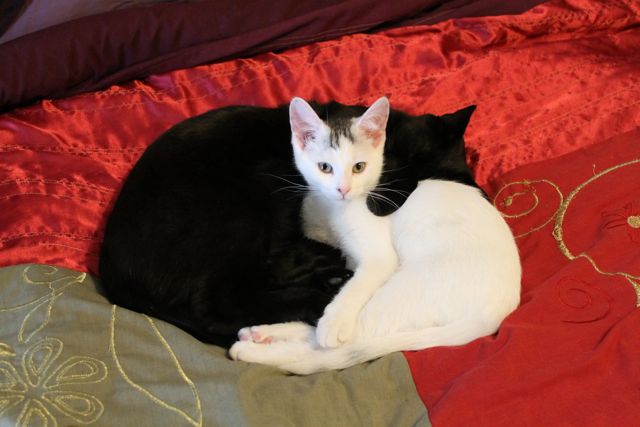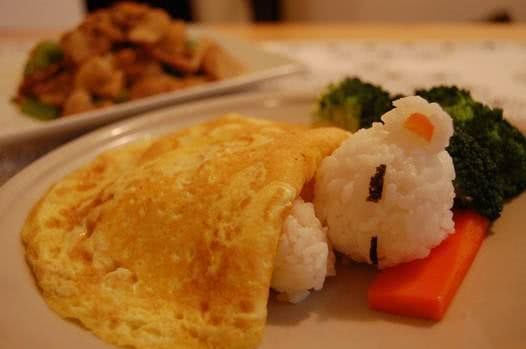If you visit Shenzhen, China, you’ll find many people taking daytime naps in public parks, on the metro or on benches. Age and occupation make no difference to who you can see napping. The question is, why do Chinese people feel comfortable taking daytime naps, and in public at all?
First off, it is important to understand that naptime culture pervades every part of China. It is also common throughout Asia. From ancient emperors to presidents and employers, everyone accepts nap culture. There is a common saying “中午不睡下午崩溃” (Zhōngwǔ bù shuì xiàwǔ bēngkuì) – at noon if you don’t sleep, then after noon you’ll crash- that people hear from school on.
Infants sleep a lot, and the time a person spends napping decreases as they grow up. In kindergarten, the concepts of lunch and nap are strongly tied together. The standard formula is to quickly eat lunch, then move around for a short period, prepare nap gear and finally sleep for no more than an hour and a half.
As the child becomes an adult- from elementary to high school, college and then the workforce, one thing stays consistent: naptime. The duration of the nap may decrease, but having at least 1.5 hours for the combined lunch/naptime is still fairly standard.

In some cities there are even pod hotels or nap capsules that can be rented for 30-minute snooze periods. An adage says “quickly sleep deep like dogs to wake with the energy of dogs.” Even if someone is not able to nap, being able to go into a dark, quiet area has positive benefits for creativity. Walking for a recommended 15 minutes before going to sleep also helps the brain.

Adult naptimes are encouraged at even large mega corps in China. For example, at Huawei, employees will take out their sleeping bags from under their desks. The whole office’s lights will dim, and everyone knows not to call Huawei’s office between the hours of 1 and 2 p.m.
Adult naptime is recommended to be at least 15 minutes and no more than an hour. Elsewise, you might wake up groggy, so it would be better to have had no nap at all. You also shouldn’t overeat as the midday nap, 午觉 Wǔjiào/ 午睡 Wǔshuì, is not traditionally caused by post prandial somnolence, aka. the “itis” or “food coma.”
Napping is also not for everyone. People who shouldn’t nap include people with blood or heart diseases, sleep disorders, circulatory disorders/poor circulation, and overweight people.

There’s a difference between Chinese naps and European siestas. The Chinese history goes further, featuring TCM and ancient canonical decrees. The Yellow Emperor’s canon says “ 阳气尽则卧,阴气尽则寤. (Yáng qì jǐn zé wò, yīn qì jǐn zé wù)” This means that the body moves through alternating periods of Yin and Yang. We have to sleep during midday to stay in balance.
This is further backed in TCM theory, which says the body is split into 12 two-hour periods and like a clock each time change brings a change in meridian path. 11 a.m.-1 p.m. is the “wu” period where the spleen and kidney meridians wane in yang energy; it is the best time to have lunch and go for a walk.
From 1-3 p.m. the “si” takes over as energy transfers to yin and the small intestines. By 3 p.m., the bladder meridians are activated so it is recommended to take a post-nap drink of water to wake up the metabolism.
Biologically, taking a midday nap is also effective because it allows people to escape the sun at one of its hottest points, between 10 a.m. to 2 p.m., which in some work settings may not be all that productive anyway.
Oftentimes workers are going to lunch together with the idea that they will return and sleep at a similar time. A person who does not take naps may be moving at a different time schedule than other workers in terms of when they expect to go home and how much they work in a day. Some look at non-nap-takers as odd and even disruptive.
In kindergarten, children become distracted by an energetic non-napper so they shush and force that child to go to sleep. I’ve seen children who are still sharply awake at lights’ out time and are forced to stare into the dark, quiet blankness while others sleep.
They are bored and miserable, but naptime is enforced so that they learn to stay on schedule with the other children and keep their energy up for the afternoon. Eventually they become so used to the nap that they are even able to do it in public.
Inspired? Jealous? Opposed? Comment what you feel about Chinese nap culture below.
[zombify_post]


0 Comments